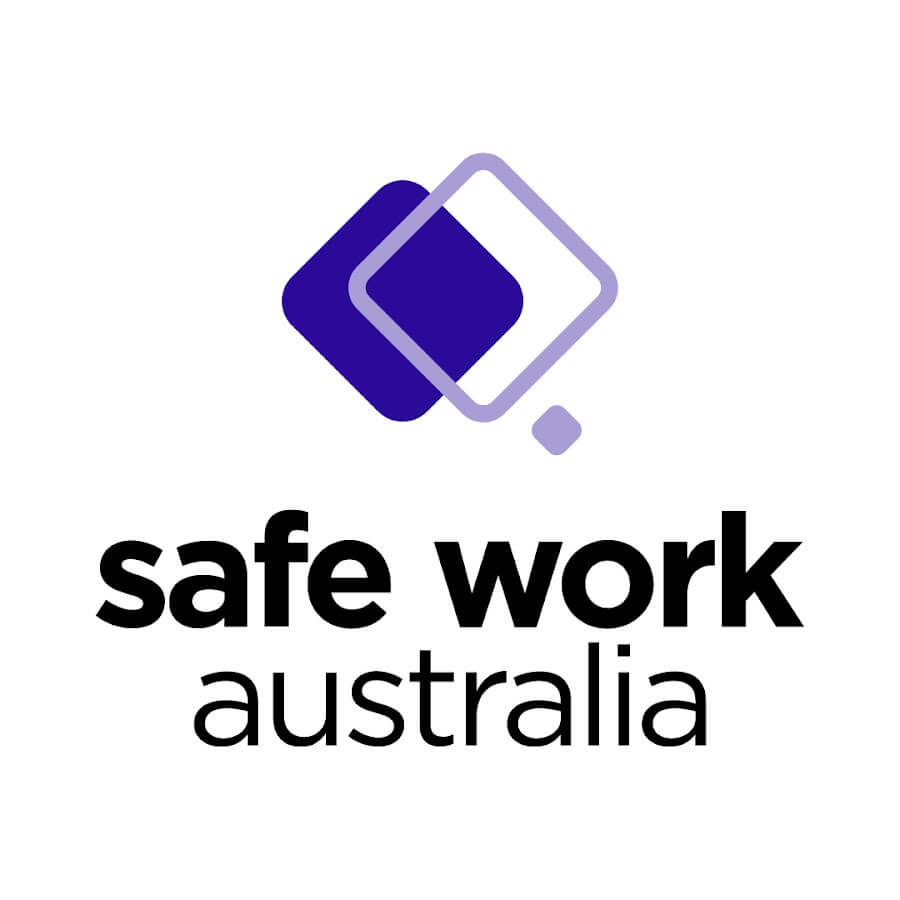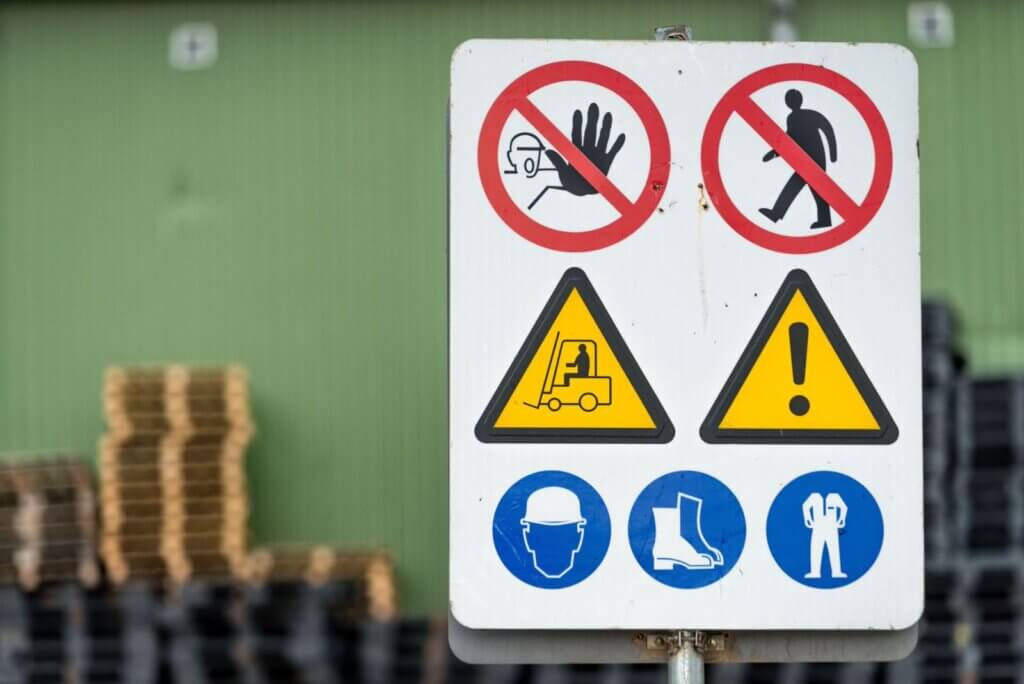Latest News
Safe Work Australia has announced changes to the model Work Health and Safety (WHS) Act and Regulations, after receiving approval from WHS ministers. These are effective from 5 December 2025 and include changes to Notification Obligations, Crane Licensing Amendments and Miscellaneous Amendments. So, what does that mean for employers? Let’s break it down: Notification Obligations […]
New Noise Hazard Requirement Introduced in Queensland. From 29 July 2025, a significant new requirement will be introduced in Queensland. If your business requires any of your workers to use personal protective equipment (PPE) to protect them from the risk of hearing loss associated with noise exceeding the exposure standard, you will be required to […]
When people think about workplace safety, they often imagine machinery. But in breeding and training environments, it’s horses, not machines, that are responsible for many of the most serious injuries. Despite their grace and intelligence, horses are large, powerful animals with a strong flight response. Even experienced handlers can find themselves in danger if something […]
What’s the fastest way to improve farm safety without breaking the bank? You guessed it, signs. We’re not talking about reinventing the wheel. We’re talking about a WHS solution that starts at $18, takes five minutes to install, and ticks the compliance box with your safety inspector. Safety signs aren’t just affordable, they’re one of […]
Farming is the backbone of Australia’s economy and rural communities, but it remains one of the country’s most high-risk industries. The 2024 Safer Farms Report provides crucial insights into farm safety trends and offers practical recommendations to reduce risks. This article breaks down the key findings and actions that farmers, farm workers, and rural communities can […]
Safe Work Australia has introduced an innovative WHS Data Reporting Tool designed to help businesses benchmark their Work Health and Safety (WHS) performance against national data. This interactive resource enables organisations to assess safety risks, compare industry-specific injury rates, and strengthen workplace safety strategies. Complementing this tool, Safe Industries Australia offers comprehensive services to assist […]
Safe Work Australia has launched a powerful WHS data reporting tool that allows businesses to benchmark their Work Health and Safety (WHS) performance against national data. This interactive resource provides organisations with valuable insights to assess safety risks, compare industry-specific injury rates, and strengthen workplace safety strategies. A Data-Driven Approach to Workplace Safety Understanding and […]
The NSW Government is making major changes to SafeWork NSW, turning it into an independent regulator with a new structure, increased oversight, and a more dedicated focus on workplace safety. For farmers, these changes could bring both benefits and challenges. On one hand, there’s potential for better access to safety resources, faster response times, and […]
Queensland Government continues to introduce legislation updates to the Work Health and Safety Regulation 2011, aimed at proactively managing the risks associated with sexual harassment and sex or gender-based harassment in the workplace. Described as “nation-leading” reforms, these changes ensure that businesses take concrete steps to prevent and address these issues before they occur. Two-Phase […]
Why Competency Assessments Matter in Horse Handling Ensuring a safe workplace in the equine industry requires more than just safety protocols—it demands skilled and competent horse handlers. A competency assessment is a structured way to evaluate an employee’s skills, knowledge, and ability to work with horses safely. These assessments are vital for reducing risks, improving […]
Safety incidents rarely occur because of a single failure. More often, they result from multiple weaknesses aligning at the wrong moment. The Swiss Cheese Model of Accident Causation, developed by psychologist James Reason, provides a powerful way to understand how accidents happen and, more importantly, how they can be prevented. What is the Swiss Cheese […]
This is a real story, but to protect those involved, we’re keeping names anonymous. We’ll call him Sam. If you’re working in the thoroughbred industry, at sales, on farms, or in stables, you probably think: “Safety? That’s for construction workers, not me.”“I’ve been doing this for years, never had a problem.”“Bit of common sense is […]
Safe Work Australia has announced changes to the model Work Health and Safety (WHS) Act and Regulations, after receiving approval from WHS ministers. These are effective from 5 December 2025 and include changes to Notification Obligations, Crane Licensing Amendments and Miscellaneous Amendments. So, what does that mean for employers? Let’s break it down: Notification Obligations […]
New Noise Hazard Requirement Introduced in Queensland. From 29 July 2025, a significant new requirement will be introduced in Queensland. If your business requires any of your workers to use personal protective equipment (PPE) to protect them from the risk of hearing loss associated with noise exceeding the exposure standard, you will be required to […]
When people think about workplace safety, they often imagine machinery. But in breeding and training environments, it’s horses, not machines, that are responsible for many of the most serious injuries. Despite their grace and intelligence, horses are large, powerful animals with a strong flight response. Even experienced handlers can find themselves in danger if something […]
What’s the fastest way to improve farm safety without breaking the bank? You guessed it, signs. We’re not talking about reinventing the wheel. We’re talking about a WHS solution that starts at $18, takes five minutes to install, and ticks the compliance box with your safety inspector. Safety signs aren’t just affordable, they’re one of […]
Farming is the backbone of Australia’s economy and rural communities, but it remains one of the country’s most high-risk industries. The 2024 Safer Farms Report provides crucial insights into farm safety trends and offers practical recommendations to reduce risks. This article breaks down the key findings and actions that farmers, farm workers, and rural communities can […]
Safe Work Australia has introduced an innovative WHS Data Reporting Tool designed to help businesses benchmark their Work Health and Safety (WHS) performance against national data. This interactive resource enables organisations to assess safety risks, compare industry-specific injury rates, and strengthen workplace safety strategies. Complementing this tool, Safe Industries Australia offers comprehensive services to assist […]
Safe Work Australia has launched a powerful WHS data reporting tool that allows businesses to benchmark their Work Health and Safety (WHS) performance against national data. This interactive resource provides organisations with valuable insights to assess safety risks, compare industry-specific injury rates, and strengthen workplace safety strategies. A Data-Driven Approach to Workplace Safety Understanding and […]
The NSW Government is making major changes to SafeWork NSW, turning it into an independent regulator with a new structure, increased oversight, and a more dedicated focus on workplace safety. For farmers, these changes could bring both benefits and challenges. On one hand, there’s potential for better access to safety resources, faster response times, and […]











